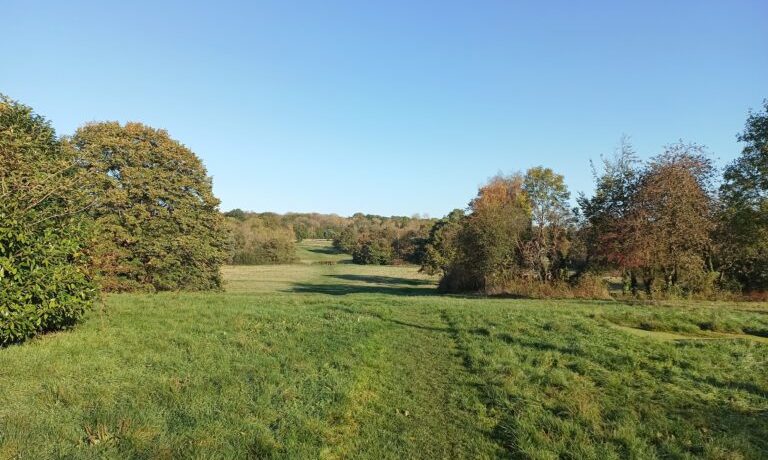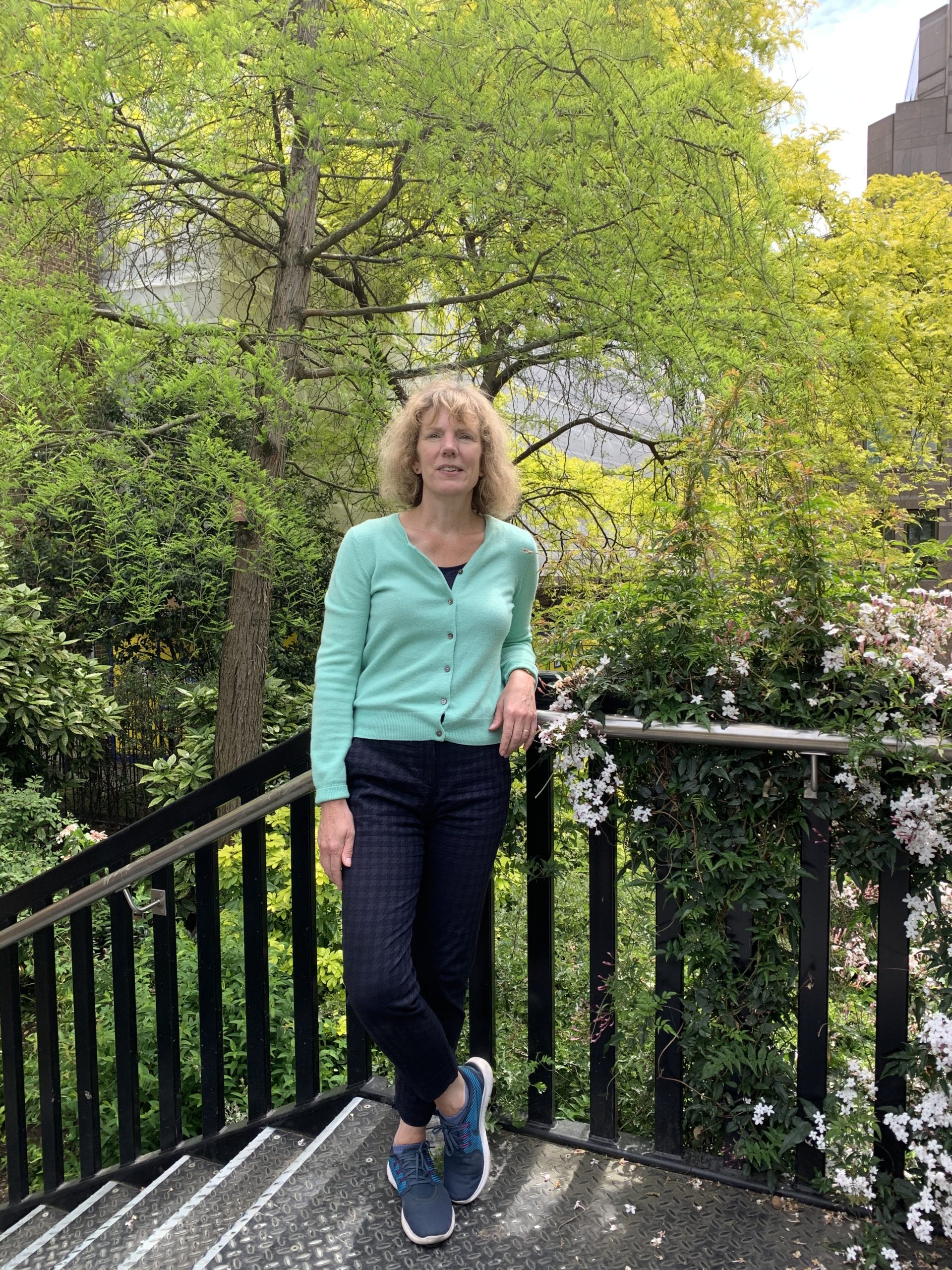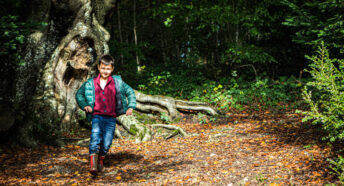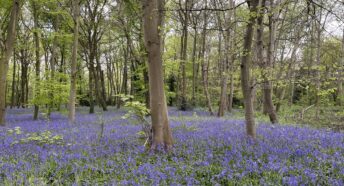CPRE offers Green Belt vision to meet climate challenges
Better land use planning in Green Belts surrounding cities such as London are key to mitigating climate change and increasing food security, says a new report published by CPRE.
The Report, State of the Green Belt 2023, argues that a new vision is needed. It proposes increasing farmland, creating woodland, and integrating planning within Green Belts, to protect these vital spaces.
The measures will also ensure Green Belts play a critical role in improving the environment for urban areas.
The report calls for Green Belt to become greener, wetter, and more biodiverse – endorsing plans such as London’s Tree Ring Community Forest https://www.cprelondon.org.uk/london-tree-ring-community-forest/ with its vision of encircling London.
It points out that meandering streams, new wetlands, expanded woodland, and revived hedgerows could help the countryside around cities.
These natural features soak up water, helping to protect urban areas from increased floods, droughts and other natural disasters.
The Report underlines that Green Belts are not the answer to local housing pressures. Analysis of recent development showed only 12.5% of Green Belt housing was delivered at affordable or social rents.
Currently most of the housing being built in the Green Belt is larger open market housing. Not only does this eat up more land, but it leads to urban sprawl – high carbon, car-dependent development.
Instead, the report proposes increasing the amount of nature friendly farming – currently one third of London’s Green Belt is in agricultural use. It also suggests the creation of more nature corridors in the form of wooded field margins and hedgerows. Tourism and recreation should also be nurtured through better footpaths and public transport links.
The Report calls for:
- Creating 350,000 hectares overall of new woodland and wetland close to urban areas
- Doubling the amount of Green Belt farmland covered by Environmental Land Management schemes, from the current 28% to over half;
- Integrating planning, farming and forestry policies and programmes to protect and enhance the countryside close to where people live, particularly in and around our largest towns and cities.
Anna Taylor, director of CPRE London, said the report highlighted the critical role the Green Belt plays in supporting the health and wellbeing of Londoners.
‘We want to see the Green Belt valued and protected, but believe it can deliver more. That calls for integrated planning, farming and forestry policies, which support local communities. We also need to invest in woodland and wetland sites, which mitigate the impact of climate change on the capital.
‘We are delighted that the Report underlines the value of our planned London Tree Ring Community Forest, designed to create an M25 of trees, acting as a wildlife corridor and offering health and recreation benefits on our doorstep.’
Join us and support our campaign for a new community forest encircling London
https://www.kindlink.com/fundraising/cpre-london/greeningthegreenbelt
The report ‘State of the Green Belt 2023: A Vision for the 21st Century’ is now available to read; you can access it here.








